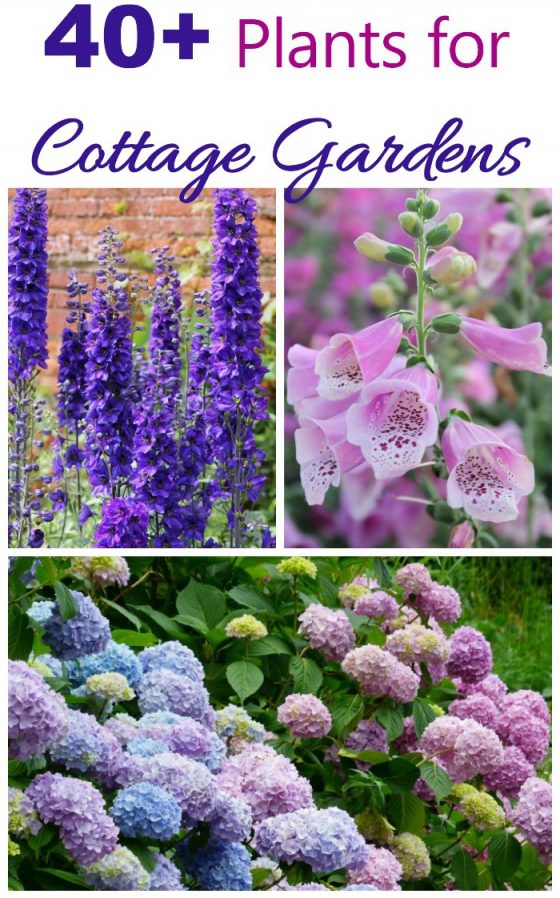How Do I Incorporate Edible Landscaping Into My Garden Design?
With the rise in awareness about the benefits of eating organic and the dangers of pesticide-laden produce, more and more people are looking for ways to grow their own food. However, not everyone has the space or resources to start a conventional vegetable garden. That's where edible landscaping comes in.
Edible landscaping is the practice of incorporating edible plants into your existing landscape. It not only adds beauty to your yard but also provides a sustainable source of fresh, organic food. Here are some key points to consider when starting your own edible landscaping project:
1. Choose the Right Plants
When choosing plants for your edible landscaping, you want to pick ones that are not only edible but also suited to your climate and soil conditions. Some plants that work well for edible landscaping include fruit trees, berry bushes, herbs, and edible perennials like asparagus and rhubarb.
2. Plan Your Layout
Before you start planting, you need to plan out your layout. You'll want to consider the amount of sun and shade your plants will be getting, as well as their spacing and placement. You can create a more natural and aesthetic look by grouping plants that have similar watering needs and growth habits.
3. Use Companion Planting
Companion planting is the practice of planting different types of plants together in order to benefit each other. For example, planting herbs like basil and parsley near tomatoes can help repel pests and attract beneficial insects like ladybugs. You can also plant legumes like beans and peas, which fix nitrogen in the soil and help fertilize other plants.
4. Incorporate Edible Flowers
Edible flowers not only look beautiful but can also be used in cooking or as garnishes. Some edible flowers you might consider planting in your edible landscape include nasturtiums, calendula, and pansies.
5. Create Variety
Just like with any garden, you want to create variety in your edible landscape. Not only does this add aesthetic interest, but it also helps to prevent pests and diseases. You might consider planting a mix of fruit trees, berry bushes, and vegetables, as well as choosing plants with different harvest times.
6. Consider Maintenance
One of the benefits of edible landscaping is that it can be lower maintenance than a traditional vegetable garden. However, it's important to consider the amount of maintenance your plants will require. In general, fruit trees and berry bushes require less maintenance than vegetables, which need to be planted each year.
7. Think About Tasteful Design
Edible landscaping doesn't have to look like a traditional vegetable garden. You can incorporate plants into your existing landscape in a tasteful and aesthetically pleasing way. For example, you might consider using edible plants as borders for your garden beds or planting them in beautiful containers.
8. Consider Your Neighbors
If you're planning on planting edibles in your front yard, it's important to consider your neighbors. While it's legal in most areas to have an edible front yard, some people may not be used to seeing vegetables and fruit trees growing alongside traditional landscaping. It's important to be considerate of your neighbors' opinions and to explain the benefits of edible landscaping.
9. Enjoy the Benefits
Edible landscaping offers a host of benefits, from providing fresh, organic produce to enhancing the beauty of your yard. Plus, it's a sustainable and healthy way to garden. So why not give it a try?
In conclusion, edible landscaping is a great way to incorporate fresh, organic food into your everyday life. With a little planning and creativity, you can create a beautiful and sustainable landscape that not only looks great but also provides you with a delicious source of food.


